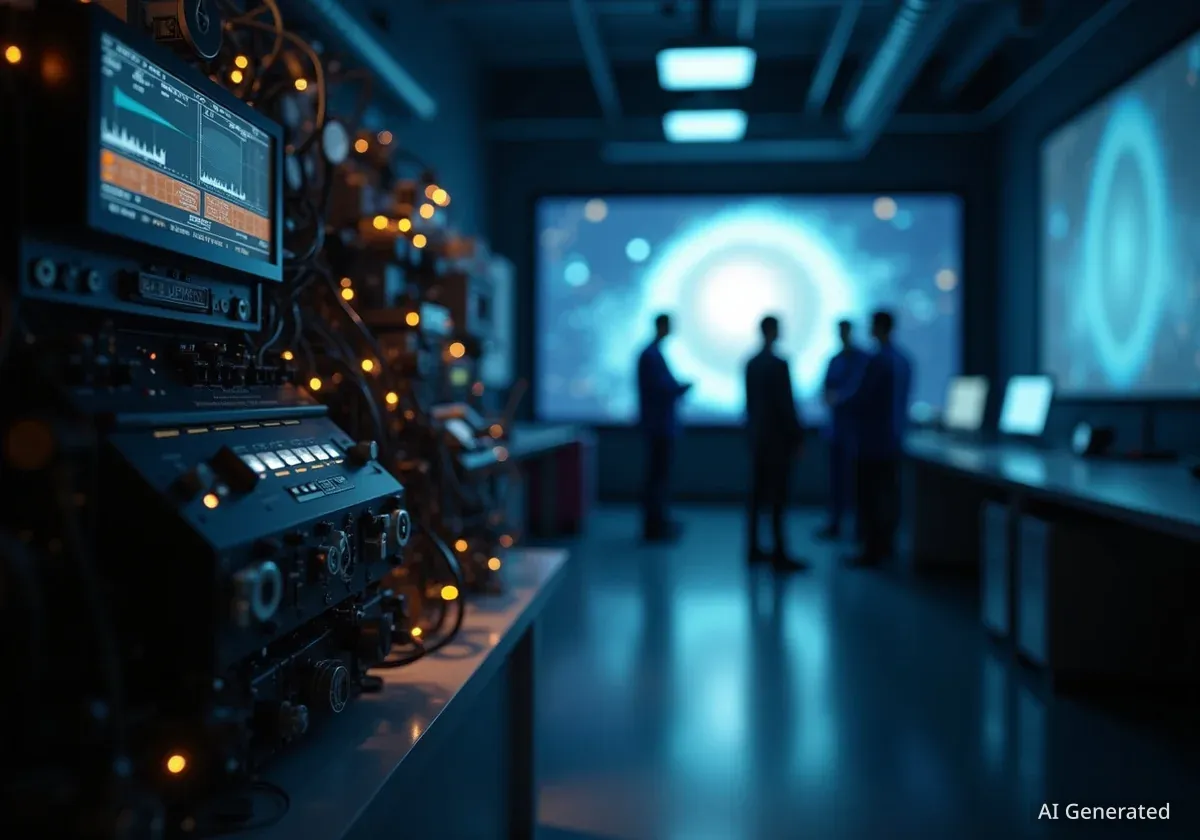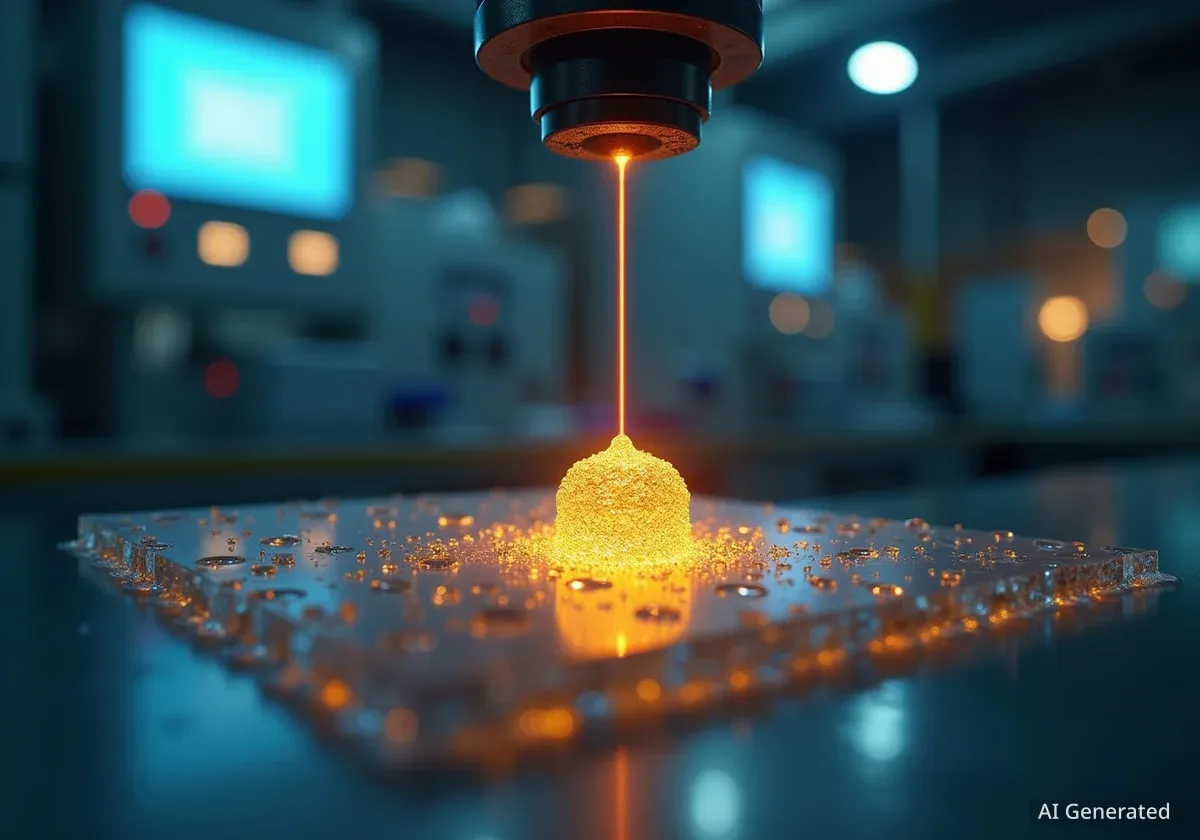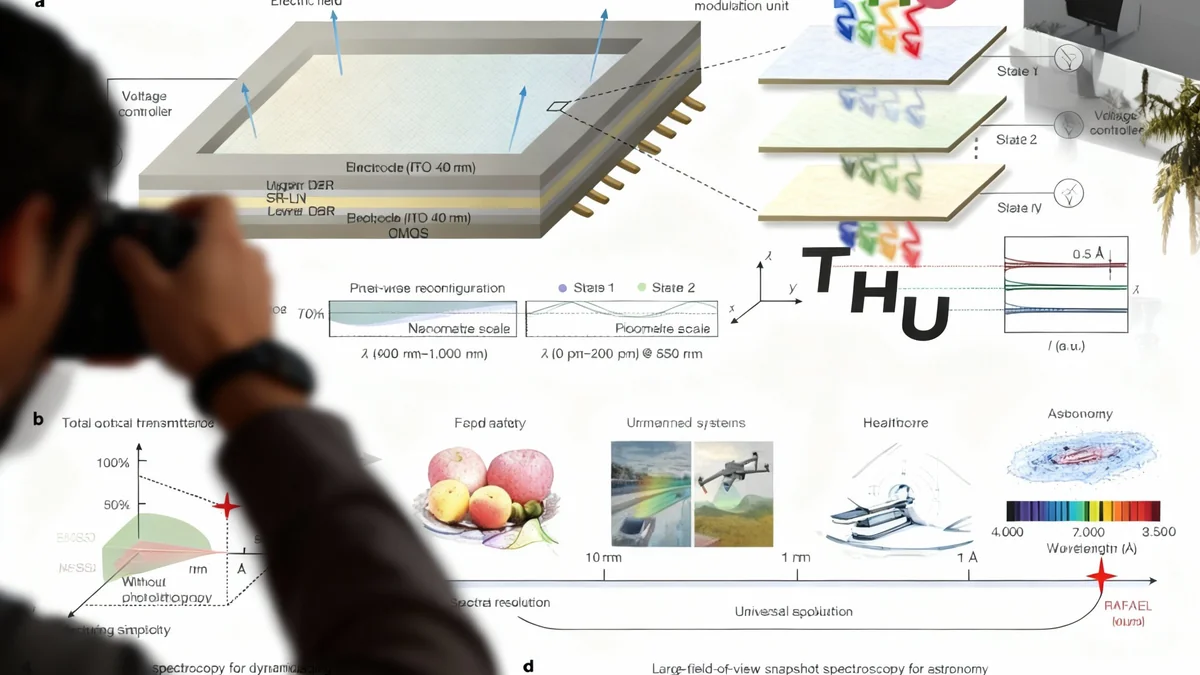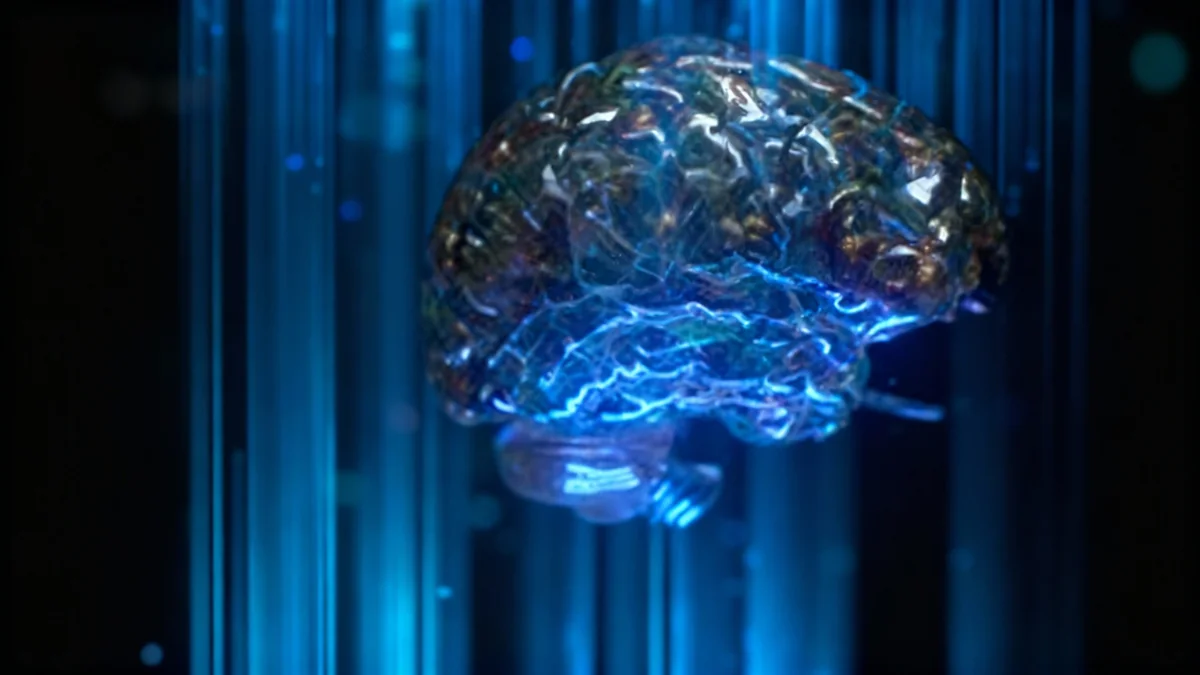Scientists have analyzed one of the clearest gravitational wave signals ever detected from a black hole merger, an event that occurred 1.3 billion light-years from Earth. The observation, recorded on January 14, 2025, provides powerful new evidence supporting fundamental theories of physics developed by Albert Einstein and Stephen Hawking.
The event, designated GW250114, involved two black holes, each 30 to 40 times the mass of our Sun, spiraling into each other and merging. The data collected by the LIGO-Virgo-KAGRA (LVK) collaboration has allowed for the most stringent tests to date of the laws governing these extreme cosmic objects.
Key Takeaways
- Astronomers detected a clear gravitational wave signal, GW250114, from a black hole collision on January 14, 2025.
- The observation provides strong empirical support for Albert Einstein's theory of general relativity.
- The data also validates Stephen Hawking's black hole area theorem, proposed in 1971.
- The merger occurred 1.3 billion light-years away and involved two black holes with masses 30 to 40 times that of the Sun.
A Landmark Observation in Gravitational Astronomy
The detection of gravitational waves, or ripples in the fabric of spacetime, has opened a new window into the universe. While more than 300 black hole mergers have been observed since the first detection in 2015, the signal from GW250114 stands out for its clarity. This high-quality data allows scientists to scrutinize the event in unprecedented detail.
The LVK is a global network of observatories designed specifically to detect these faint cosmic vibrations. The clarity of the GW250114 signal enabled researchers to precisely measure the properties of the colliding black holes and the single, larger black hole that resulted from their merger.
A Brief History of Gravitational Waves
Albert Einstein first predicted the existence of gravitational waves in his theory of general relativity over a century ago. However, he believed the signals would be too weak to ever be detected on Earth. For decades, their existence was only theoretical until the Laser Interferometer Gravitational-Wave Observatory (LIGO) made the first direct observation in 2015, a feat that earned a Nobel Prize in Physics.
Validating Foundational Theories of Physics
The primary significance of the GW250114 observation is its role in testing long-standing scientific theories. The data from the merger aligns perfectly with predictions made by some of the most important physicists of the 20th century, confirming their ideas about the nature of gravity and black holes.
Einstein's General Relativity and Kerr's Solution
The signal from the merging black holes provided a clean test for Einstein's theory of general relativity, which describes gravity as a curvature of spacetime caused by mass and energy. The shape and evolution of the gravitational waves from GW250114 matched the theory's predictions with remarkable accuracy.
Furthermore, the observation supported a specific solution to Einstein's equations developed by New Zealand mathematician Roy Kerr in 1963. Kerr's work mathematically described the properties of rotating black holes, and the data from this merger confirmed that the black holes behaved as his solution predicted.
“Einstein’s theory of general relativity and the Kerr’s black hole solution have once again been empirically vindicated,” stated Alessandra Buonanno, director at the Max Planck Institute for Gravitational Physics and chair of the editorial team for the LVK study.
Hawking's Black Hole Area Theorem
The event also provided the first high-precision confirmation of Stephen Hawking's black hole area theorem. Proposed in 1971, this theorem states a simple but profound rule: the surface area of a new black hole's event horizon, formed from a merger, cannot be smaller than the combined surface areas of the original two black holes.
By analyzing the gravitational waves before and after the collision, scientists were able to calculate the event horizon areas of the two parent black holes and the resulting one. Their findings confirmed that the final area was indeed greater than the sum of the initial areas, just as Hawking's theorem predicted. This validation is a major milestone in our understanding of black hole mechanics.
Cosmic Collision Details
- Event Name: GW250114
- Distance from Earth: Approximately 1.3 billion light-years
- Parent Black Hole Masses: 30 to 40 times the mass of the Sun
- Detection Date: January 14, 2025
How Gravitational Waves Are Detected
Detecting these cosmic ripples is an extraordinary technical challenge. The primary instruments in the United States, known as LIGO, consist of two identical detectors located more than 1,800 miles apart in Livingston, Louisiana, and Hanford, Washington. This separation helps scientists confirm a signal is from space and not from local interference.
The Technology of LIGO
Each LIGO facility is an L-shaped interferometer with two perpendicular arms, each stretching 2.5 miles long. A powerful laser beam is split, with half sent down each arm. The beams reflect off mirrors at the ends and return to the starting point, where they are recombined.
Normally, the light waves are configured to cancel each other out. However, when a gravitational wave passes through Earth, it subtly stretches and compresses spacetime itself. This causes one arm of the detector to momentarily lengthen while the other shortens, disrupting the alignment of the laser beams.
This tiny disruption is what the instruments measure. For the GW250114 event, the detected change in the arms' lengths was incredibly small—about one-thousandth the diameter of a single proton. The ability to measure such a minuscule change is a testament to the precision of modern scientific instruments.
The Future of Gravitational Wave Astronomy
Each new detection of a black hole merger provides another opportunity to test the limits of our understanding of the universe. With observatories like LIGO, Virgo in Italy, and KAGRA in Japan constantly improving their sensitivity, astronomers expect to observe even more distant and diverse cosmic events.
The successful validation of theories from Einstein, Kerr, and Hawking with the GW250114 event reinforces the foundation of modern physics. It also paves the way for future discoveries that could reveal new information about the life cycle of stars, the nature of gravity, and the fundamental structure of the cosmos itself. These observations continue to prove what was once thought impossible is now a routine part of exploring the universe.





